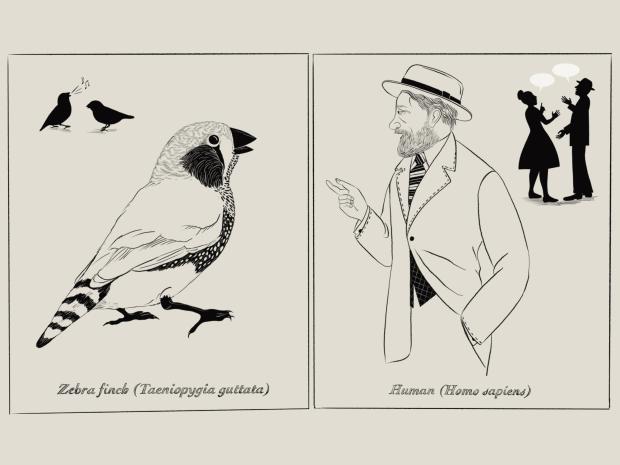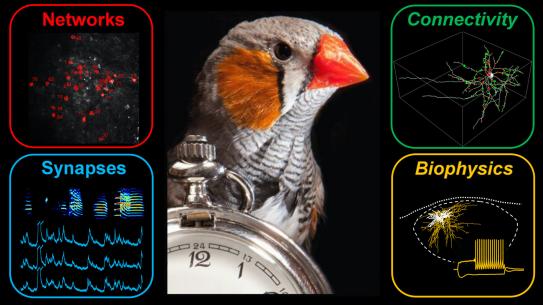Comparative Neurobiology of Vocal Communication

Speaker:
Michael A. Long, PhD
Professor, Department of Neuroscience & Physiology
Department of Otolaryngology, Head & Neck Surgery, Neuroscience Institute
NYU Grossman School of Medicine
Abstract:
For us to interact with the outside world, the brain must plan and dictate our actions and behaviors. In many cases, we learn to reproducibly execute a well-defined series of muscle movements to perform impressive feats of motor skill, such as hitting a golf ball or playing the violin. In the case of speech and other communicative gestures, these movements are needed to interact with other individuals. Despite their centrality to everyday life, however, the neural underpinnings of these learned motor sequences are poorly understood. The Long Lab seeks to identify the relevant processing centers involved in producing specific motor sequences through careful circuit manipulation and to investigate their functional properties during natural behavior. To accomplish this, they focus on three distinct types of behaviors notable for their roles in enabling vocal communication: song production in the zebra finch (Taeniopygia guttata), counter-singing in a neotropical rodent (Scotinomys teguina), and human speech.
Dr. Long trained with Barry Connors at Brown University, where he received his PhD in Neuroscience in 2003. As a postdoctoral fellow at Michael Fee lab at MIT, Long started to study the songbird model system to uncover the cellular and network properties that give rise to learned vocal sequences. He joined the Department of Neuroscience and Physiology at NYU’s Grossman School of Medicine, Assistant Professor in 2010 and received tenure in 2017. For his groundbreaking work he received several awards, including the Klingenstein Foundation Fellowship Award in the Neurosciences and the New York Stem Cell Foundation, Robertson Neuroscience Investigator Award. He holds multiple NIH grants and is a sought-after speaker at major conferences. Among others, he gave the Presidential Lecture at the Federation of European Neuroscience Societies in 2018.


